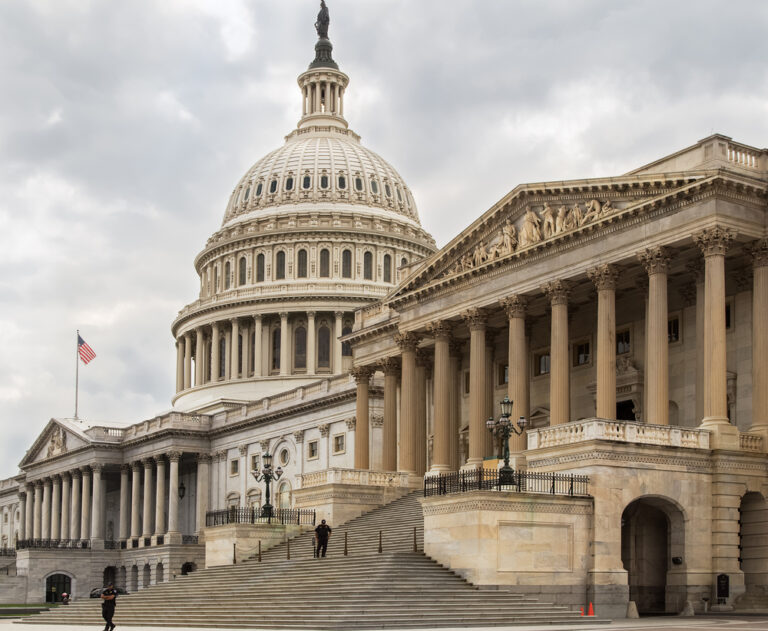Feb. 24, 2017 – The FDA recently published a final rule on intended use and adequate directions for use that establishes a not-previously-announced “totality of the evidence” standard and is in violation of the Administrative Procedures Act because it deprives stakeholders of fair notice and the opportunity to comment, according to a Feb. 8 citizen petition.
The petition, filed on behalf of the Medical Information Working Group (MIWG), the Pharmaceutical Research and Manufacturers of America (PhRMA) and the Biotechnology Innovation Organization (BIO), follows the Jan. 9 publication of the FDA final rule, which the petitioners claim “dramatically shifted gears” from the proposed rule on the matter issued in September 2015 and, as such, “should be stayed indefinitely and reconsidered for two independent reasons.”
The first reason listed in the petition is that the final rule violated the fair notice requirements of the APA because it changed the definition of intended use by introducing a new, and overly broad totality of the evidence standard that is not found in the Food, Drug and Cosmetic Act, and by allowing FDA to consider any evidence, including knowledge, to determine intended use and adequate labeling, which were not even “hinted at in FDA’s proposed rule.”
“Stakeholders surely would have challenged FDA’s decision to use a ‘totality’ approach as an FDCA linchpin,” the petition states, due to concerns that “overbreadth and vagueness take on special weight where, as here, FDA is purporting to define the scope of its own jurisdiction.” Further, petitioners argue that the approach endorsed by the final rule “would allow qui tam relators and prosecutors to predicate claims or charges against manufacturers on the entirely legitimate activity of accurately forecasting demand for its products,” including approved and unapproved uses, “and then scaling production to meet that demand.”
The second reason that the final rule should be stayed, according to the petition, is that the totality standard is “a new and unjustified legal standard.” Although the FDA argues in the final rule preamble that the totality standard is supported by case law and does not represent a change in the law or the agency’s practices, “these arguments lack merit,” the petition states.
The final rule “is attempting to codify a highly controversial standard that is inconsistent with the statute and case law and has never been subjected to public scrutiny,” it asserts, adding that this standard “also raises serious constitutional questions.”
“In the final hours of the Obama administration, FDA likely made two mistakes on this final rule, one that is focused on legal issues and one that is focused on policy issues,” according to Coalition for Healthcare Communication Executive Director John Kamp.
“On the legal side, the FDA did not give the public sufficient notice that it was moving to a ‘totality of the evidence’ standard. While it can change its rules, FDA simply must give interested parties notice and opportunity to comment before creating a new rule,” Kamp said. “On the policy side, the industry petitioners likely are correct that new standard is sufficiently broad and vague for plaintiff’s lawyers to have a heyday bringing questionable lawsuits against industry.”
Along these lines, the petition states that under the final rule standard, “no one will be able to know, in advance, what evidence … a prosecutor might consider sufficient to deem an actual use to be an intended use, raising significant Fifth Amendment concerns,” and notes that this ambiguity will have a chilling effect on valuable scientific speech that “is difficult to overstate.”
“The off-label issue is just too important to the public health and too sensitive to First Amendment challenges for this final rule to stand,” Kamp said. “I suspect when new leadership arrives at FDA, the final rule will be reviewed and revised.”




